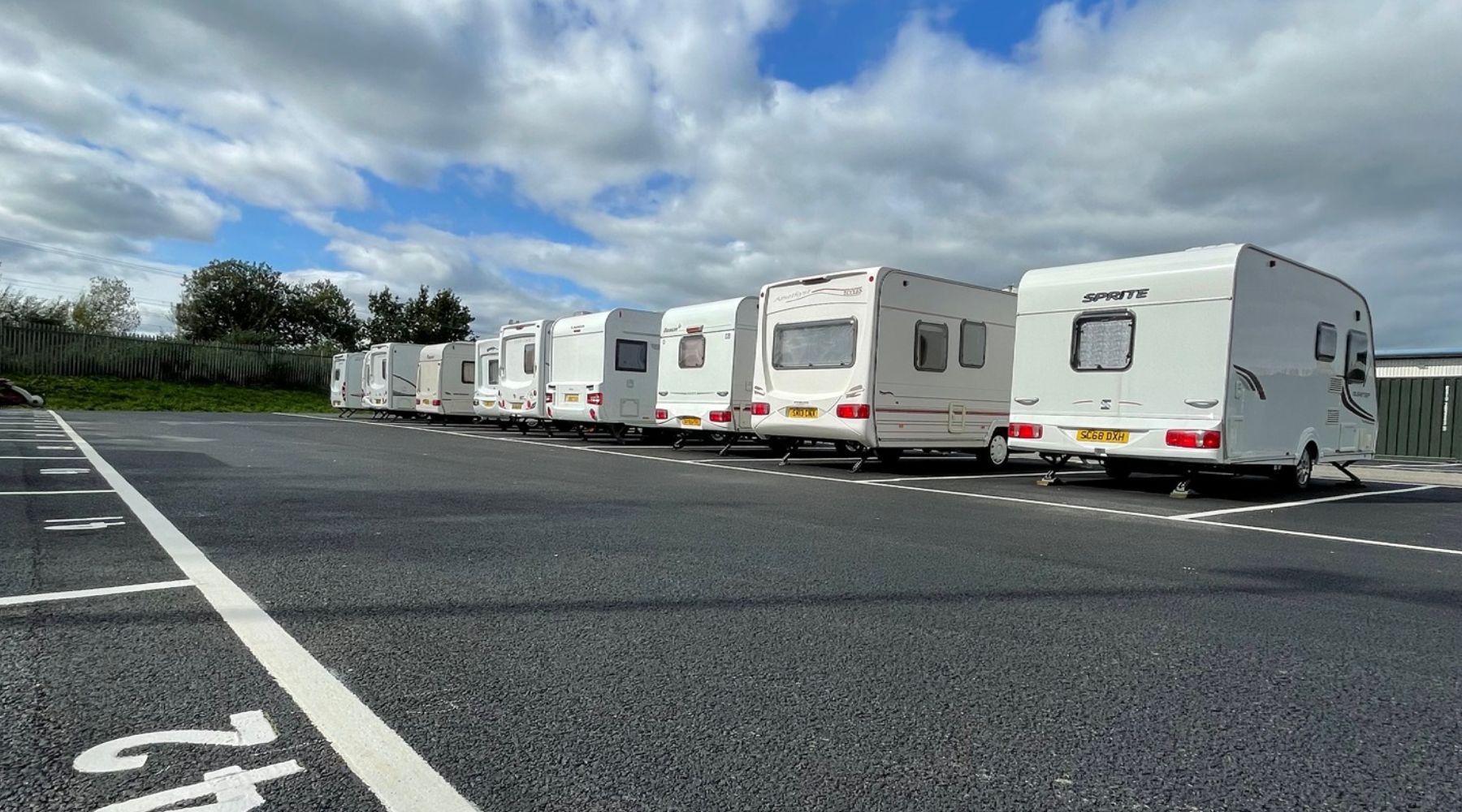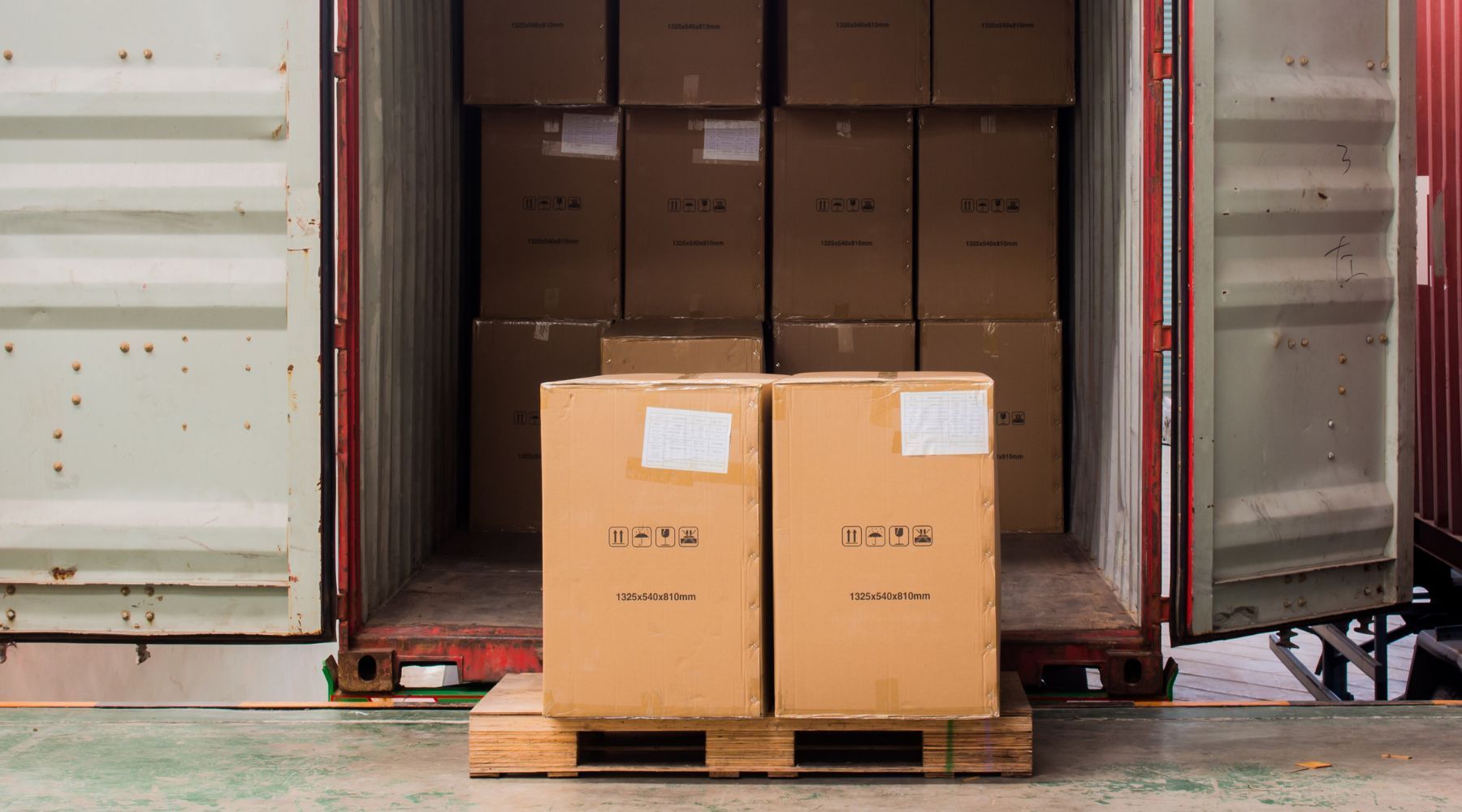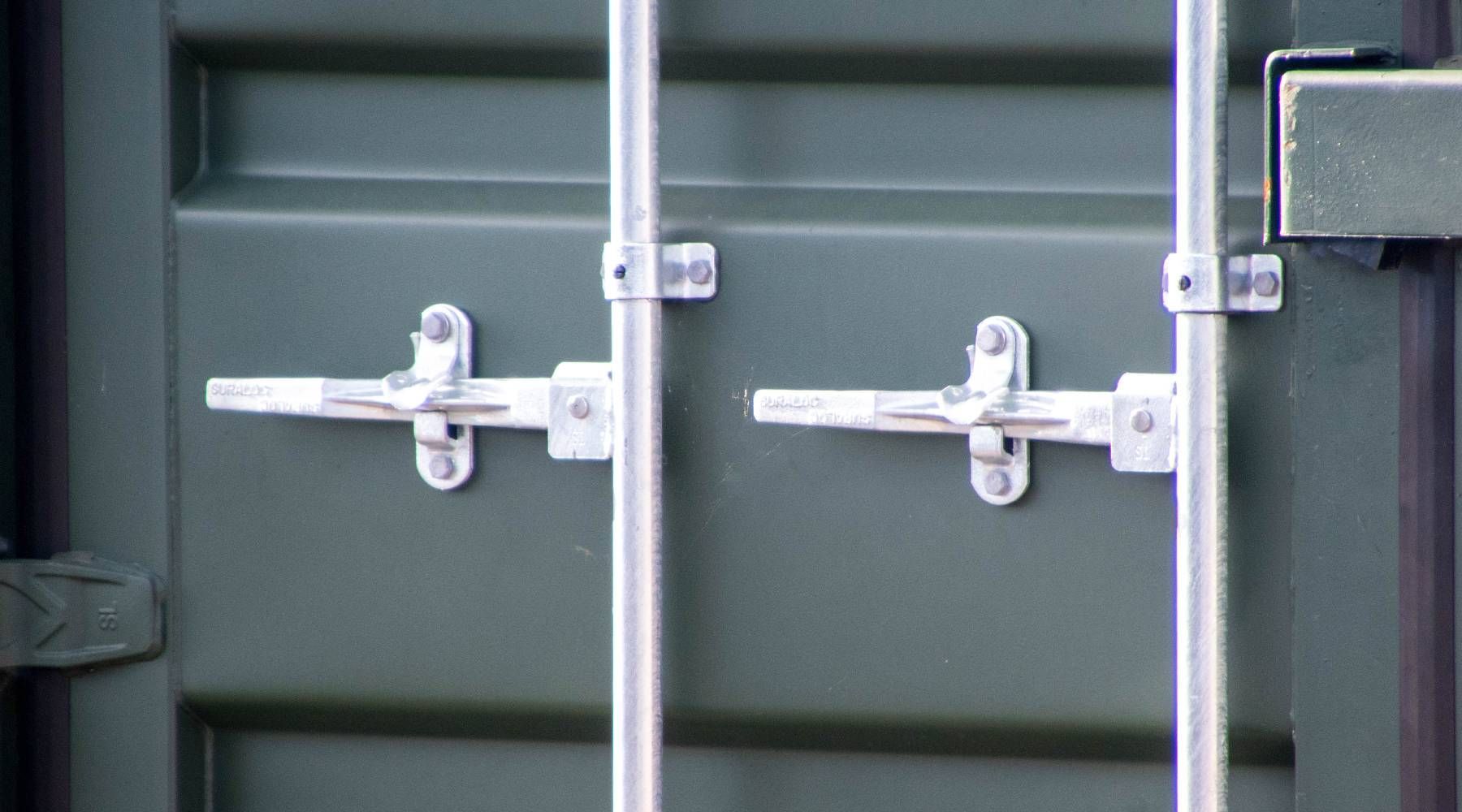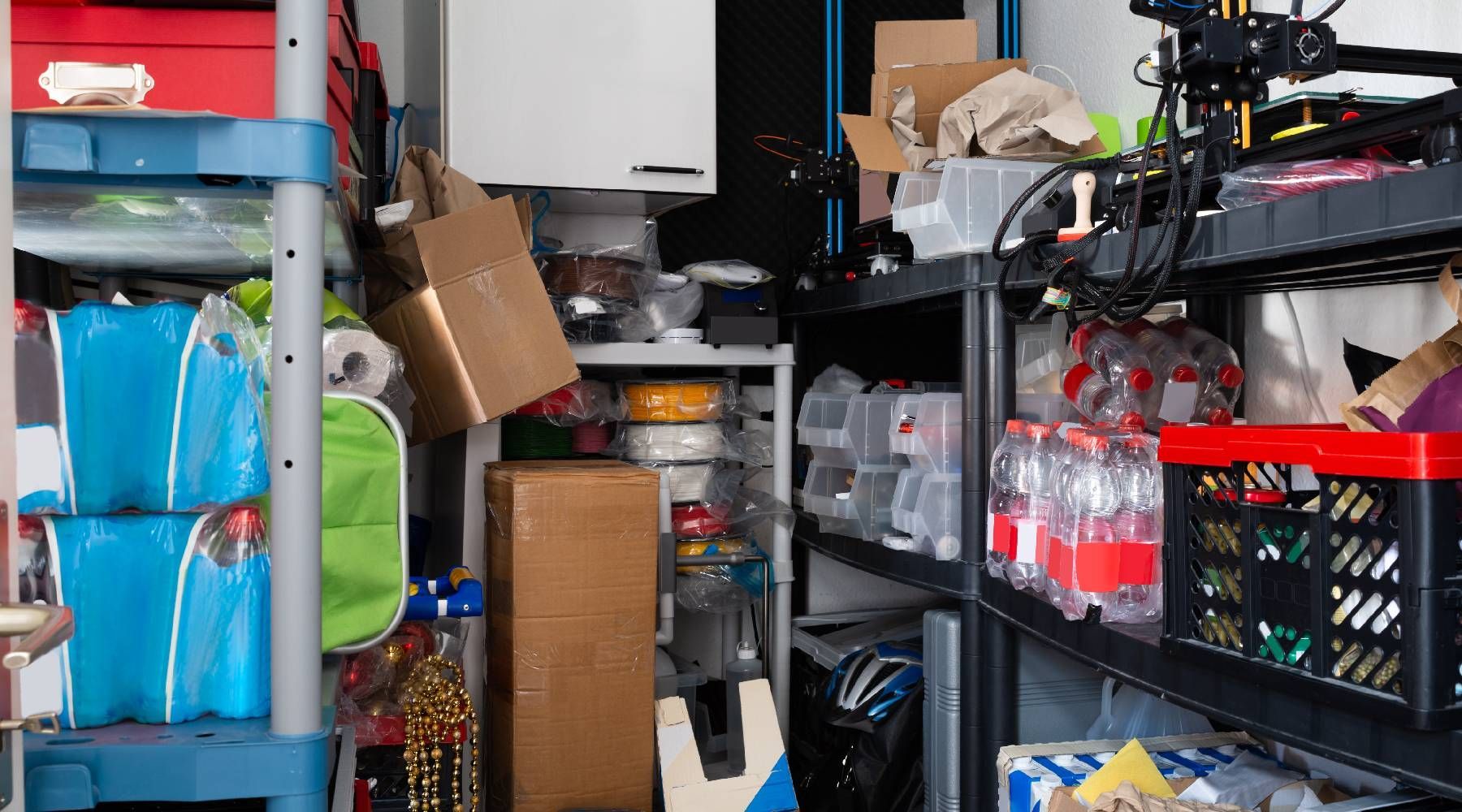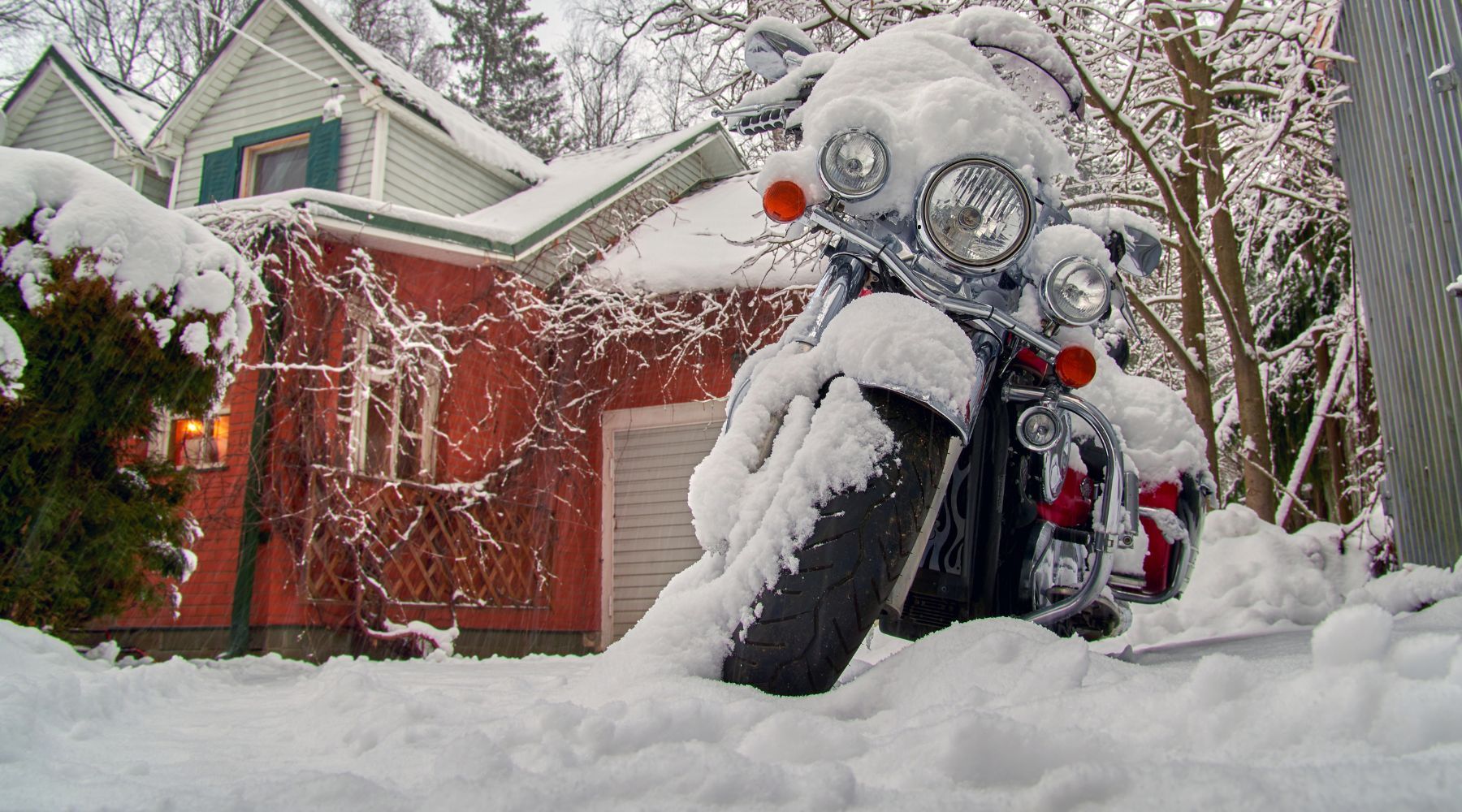How to Choose the Right Storage Unit Size for Your Needs: A Practical Guide
A Guide To Choosing The Right Storage Unit For You.
Choosing the right storage unit size can feel like a daunting task, especially when you’re trying to balance what you need to store with the amount of space available. Whether you’re downsizing, relocating, or simply decluttering, the last thing you want is to pay for more space than necessary, or worse, find yourself cramming items into a unit that's too small.
At Stirling Storage Solutions, we aim to make this decision easy. In this guide, we'll take you through how to choose the right storage unit size to fit your specific needs. We’ll also provide practical examples to help you visualise what can fit into different unit sizes.
Why Choosing the Right Size Matters
Selecting the right size unit is not just about fitting your belongings—it’s also about ensuring ease of access, cost efficiency, and safeguarding your possessions from damage.
- Cost efficiency: Larger units naturally cost more. By selecting the correct size, you can avoid overpaying for unnecessary space.
- Organisation: When you’ve chosen the right unit size, there’s enough room to neatly arrange your belongings. This makes it easier to access items without the risk of damaging them.
- Future needs: You might want to leave room for more items you’ll store in the future. If you expect to add more items over time, opting for a slightly larger unit can be a wise move.
Let’s explore the common sizes and what they can accommodate to help you make an informed decision.
Small Storage Units: 25 to 50 sq. ft.
Ideal for: Small furniture, boxes, seasonal items, and personal belongings
Small storage units are perfect if you need to store a few items and don’t require much space. These units typically come in sizes ranging from 25 sq. ft. to 50 sq. ft. and are comparable to the size of a garden shed.
Example of what fits in a 25 sq. ft. unit:
- 1–2 small pieces of furniture like a chair or small desk
- A few boxes of personal items, books, or clothes
- Seasonal decorations
- Suitcases and luggage
A 25 sq. ft. unit is often used for temporary storage during a move or for seasonal items such as winter coats, holiday decorations, or sports equipment like skis and bikes.
Example of what fits in a 50 sq. ft. unit:
- Contents of a small room or a studio flat
- Small sofa, a mattress, and a couple of chairs
- A washing machine or dishwasher
- Several boxes of household items
A 50 sq. ft. unit can accommodate the contents of a small one-bedroom flat or studio. It’s a popular choice for students storing their dorm room essentials over summer break or for individuals who are decluttering their homes.
Medium Storage Units: 75 to 100 sq. ft.
Ideal for: Two-bedroom flat or small house contents
Medium-sized units provide a good balance between space and affordability, especially if you need to store furniture, appliances, and several boxes. This size range works well for people moving between homes or undergoing renovations.
Example of what fits in a 75 sq. ft. unit:
- Contents of a one-bedroom flat
- Two or three large furniture items (sofa, armchairs, bed)
- Medium-sized appliances (fridge, washing machine)
- Multiple boxes of books, kitchenware, or clothes
If you're redecorating your home or moving into temporary accommodation, a 75 sq. ft. unit can hold most of the essential furnishings and items from a one-bedroom flat, giving you enough space to store things comfortably without stacking them too high.
Example of what fits in a 100 sq. ft. unit:
- Contents of a two-bedroom flat or small house
- Larger appliances (fridge, washer, dryer)
- Several pieces of furniture (sofa, beds, wardrobes)
- Outdoor furniture or gardening tools
- Around 15–20 boxes of miscellaneous items
A 100 sq. ft. unit is versatile, offering enough space for both home contents and outdoor equipment. If you’re between homes or need temporary storage during a major renovation, this unit provides ample room for both large and small items.
Large Storage Units: 150 to 200 sq. ft.
Ideal for: Three to four-bedroom house contents
When it comes to large units, you’re generally looking at storing the contents of a family home. These units offer enough space for larger items like pianos, bulky furniture, and boxes from several rooms.
Example of what fits in a 150 sq. ft. unit:
- Contents of a three-bedroom house
- Large pieces of furniture (sofas, beds, dining table)
- Large kitchen appliances
- Outdoor equipment (BBQ, garden tools, patio furniture)
- Dozens of boxes with household goods
For families moving houses or businesses storing office equipment, a 150 sq. ft. unit is ideal. It provides more than enough space for everything to be stored without feeling cramped.
Example of what fits in a 200 sq. ft. unit:
- Contents of a four-bedroom house
- Multiple large furniture items, including beds, wardrobes, large appliances
- Outdoor furniture, lawnmowers, and gardening equipment
- Home office supplies, desks, filing cabinets
- Around 30–40 boxes with personal or household belongings
A 200 sq. ft. unit is a great choice for those who need maximum storage capacity. It can comfortably store the contents of a family home or even a small business.
Specialty Storage Units: Larger than 200 sq. ft.
For larger projects like commercial storage, or storing the contents of a large home, units larger than 200 sq. ft. may be required. These units can hold the equivalent of a five-bedroom house or more, making them perfect for large-scale storage needs.
Example of what fits in a 250+ sq. ft. unit:
- Entire contents of a large five-bedroom house
- Commercial storage items such as inventory, office equipment
- Large furniture items, outdoor equipment, and dozens of boxes
These units are ideal for people undergoing long-term relocations or businesses that need to store inventory or excess office supplies.
Tips for Choosing the Right Storage Unit Size
Now that we’ve covered the different unit sizes and what they can accommodate, here are some practical tips to help you decide:
- Take inventory: Make a list of everything you plan to store. Estimate how much space each item will take up. This will give you a clearer idea of the required size.
- Use the “stack and store” method: Keep in mind that items can be stacked to maximise space. However, fragile items or heavy objects should be stored carefully at ground level.
- Leave space for accessibility: If you need to access your belongings regularly, consider choosing a slightly larger unit so you can leave walkways or space between boxes and furniture.
- Consider future needs: If you anticipate needing more storage space in the future, it might be worth getting a slightly larger unit than you currently require.
- Ask for advice: If you’re still unsure, feel free to ask for guidance. At Stirling Storage Solutions, we’re happy to provide personalised advice based on your specific needs.
Conclusion
Choosing the right storage unit size is a crucial step in ensuring a smooth storage experience. By understanding your needs and knowing the size of the unit you require, you can avoid unnecessary costs and make sure your belongings are safe and accessible. At Stirling Storage Solutions, we’re here to help you make the best choice, whether you need a small unit for personal items or a larger space for your home or business.
For more information on the storage units we offer or to book a tour of our Stirling facility, feel free to get in touch with our team today!

